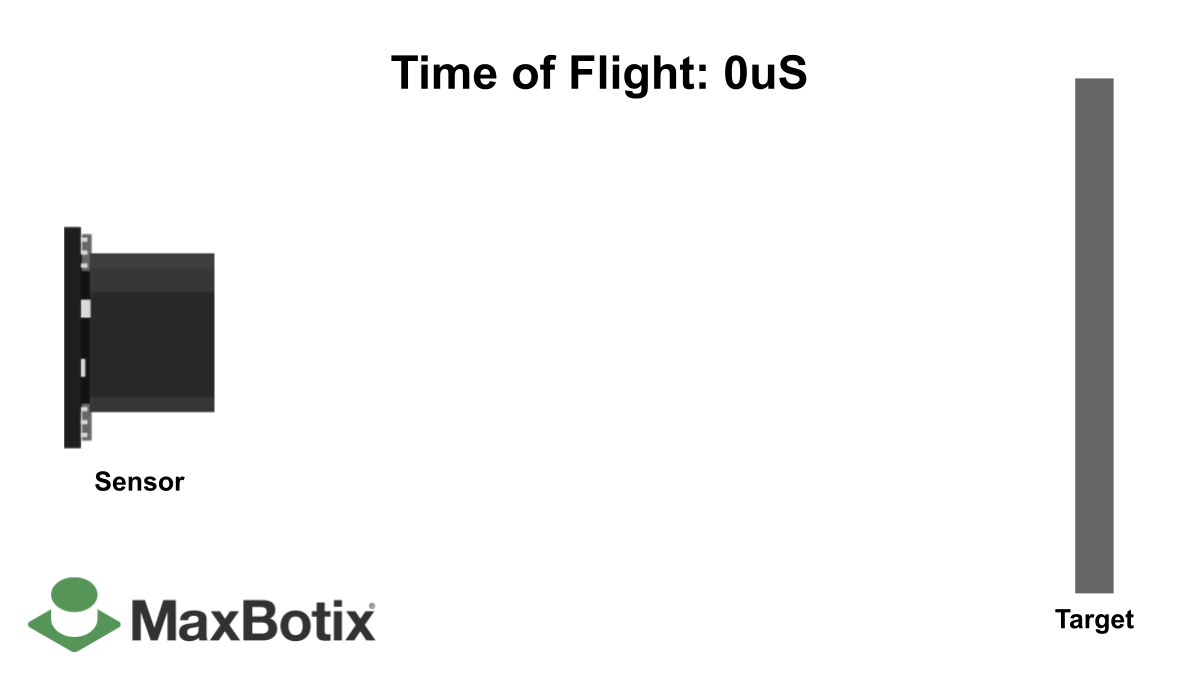Ultrasonic waves are high frequency sound waves that have a frequency higher than the upper limit of human hearing, which is around 20 kHz. These waves have a variety of uses in a wide range of fields, including medicine, industrial processing, and research.
One important use of ultrasonic waves is in medical imaging. Ultrasound is a non-invasive medical technique that uses ultrasonic waves to produce images of the inside of the body. Ultrasound machines work by sending high frequency sound waves into the body and then measuring the time it takes for the waves to bounce back. The resulting echoes are used to create a detailed image of the body's internal structures, such as organs, blood vessels, and tissues. Ultrasound is commonly used to visualize the fetus during pregnancy, but it is also used to diagnose a wide range of medical conditions, including heart conditions, kidney problems, and cancers.
Ultrasonic waves are also used in industrial processing. In this context, ultrasonic waves are used to clean, cut, weld, and process materials. For example, ultrasonic cleaning uses high frequency sound waves to remove dirt, oil, and other contaminants from a variety of surfaces, including metal, glass, and plastic. Ultrasonic welding uses high frequency sound waves to join two materials together by melting the surfaces of the materials and then cooling them rapidly to form a strong bond. Ultrasonic processing involves the use of high frequency sound waves to modify the physical and chemical properties of materials, such as changing their shape, size, or composition.
In addition to these practical applications, ultrasonic waves are also used in research. For example, scientists use ultrasonic waves to study the properties of materials, such as their elasticity, density, and sound absorption. Ultrasonic waves are also used to study the behavior of gases and liquids, as well as the structure and function of biological tissues.
Overall, ultrasonic waves have a wide range of uses and are an important tool in a variety of fields. They have the potential to revolutionize many aspects of medicine, industry, and research, and their importance is likely to continue to grow in the future.







